Water Housing for surf photography
How to choose the Best Waterproof Camera Housings for Surf Photography ?
As a surf and ocean sport photographer, I have often been approached by other surfers and photographers for advice on selecting their Water housing for surf photography.
I hope this article will answer some important questions we should ask before purchasing a camera and housing for surf photography.
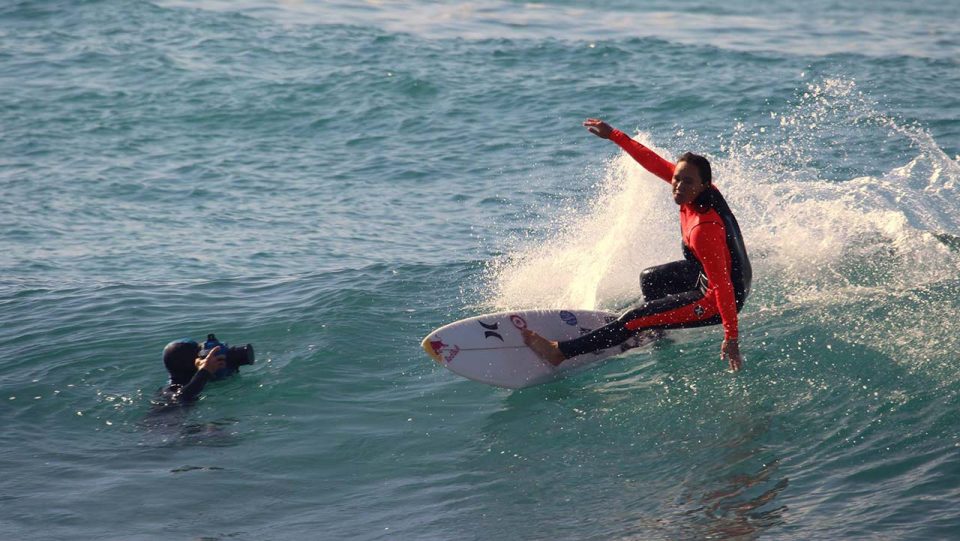
Before I begin detailing the types of housings and different companies, I would like you to ask yourselves the following questions:
- How much can I afford to spend?
- Do I wish to engage in surf photography professionally? (enlarging and/or selling photos, surf filming days, etc…)
- Is the most important detail for me regarding the housing its compactness?
- Is the most important detail for me regarding the housing its compactness?
- Do I want to use the housing in stills photography only or with video as well?
- is full control of the camera functions and buttons importent to me?
- would i like a support for an external flash through the housing?
Okay, let’s do this in order. I’ll start with the less expensive types of water housing for surf photography:
Soft water housings –
this water housing is made from stiff plastic bags or silicone.
EWA MARINE Water Housings :
German company Ewa Marine has specialized in ocean sports water housings since 1970.
On their website, you can find various models of DSLR, mirrorless or video cameras.
Price range: From $250 to $450 for DSLR and mirrorless cameras.
Link to the company website: https://www.ewa-marine.com/

Water Housing advantages:
- Compact in comparison with hard case housings.
- Lightweight
- Convenient to travel with
- Inexpensive
- There are models that can accommodate an
external flash! - This casing can go down to depths of 20-50
meters.
Water Housing disadvantages:
- Inconvenience in operation of various camera
buttons and functions – a bit awkward to get to. - Cannot accommodate wide angle or fisheye
lenses. - Not comfortable and less functional with using
zoom lenses.

During my first years as a surf photographer, I used Ewa Marine housings because I couldn’t afford a hard-cased water housing.
The Ewa Marine housing served me faithfully, and I never had any leaks or problems at all.
Some of the photographs I took with this housing also won prizes and first place in Israeli and international competitions.
DICAPAC Water Housings
This company doesn’t offer as many models as Ewa Marine, and they’ve been in the market for less time.
I haven’t tried their housings, so I can’t say much about them.
Link to the company website: http://www.dicapac.com/intro.php
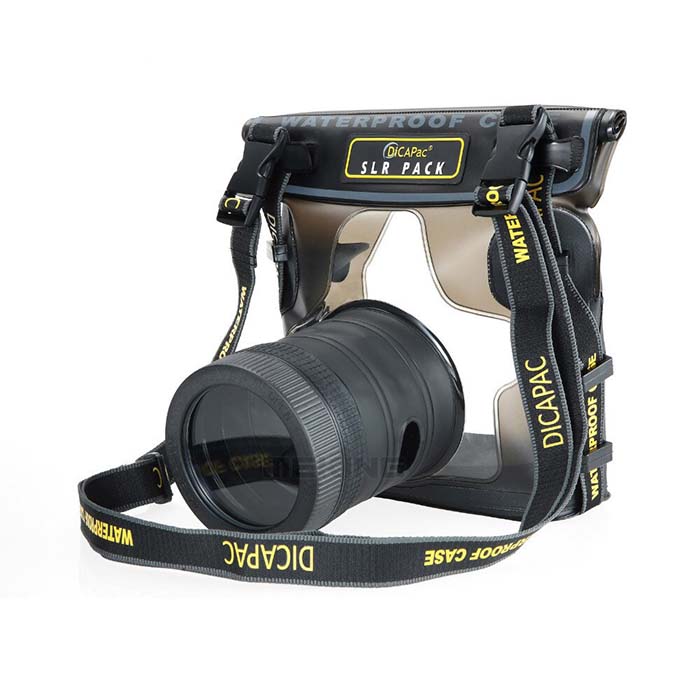
OUTEX Water Housings
The Outex Pro Kit works with ALL Mirrorless, DSLR, Canon, Nikon, Sony cameras and more!
The new revolution in soft-cover water housings.
Outex are the only ones in the marketing offering a silicone housing with option for switching front (glass) ports.
This technology enables one to use their housing together with a wide or even Fisheye lens.
*You can also mount a Dome Port.
Advantages:
- Their ports are made of glass and not acrylic.
- You can use a wide variety of lenses including fisheye.
- You can also mount a pistol grip and/or an external flash.
- Great option for Travel or project when you need to be compact
Disadvantages:
- I’ve never tried this housing,
so I don’t know how comfortable it is to use in the field.
Link to the company website: https://outex.com/
Hard-cover Water Housings:
Before I go into detail and offer recommendations on the various manufacturers’ hard-cover water housings for surf photography, I would like to clarify the differences between water housings for surf photography and water housings for diving photography.
These differences are huge, including what the housings are intended for.
A diving housing has a lot of advantages that most surf housings don’t have, but you should keep in mind that a diving housing is fairly heavy and not intended for surf photography.
Housings designated for diving photography can be up to 4 kgs heavier, because they are made of strong materials that are resilient to underwater pressure.
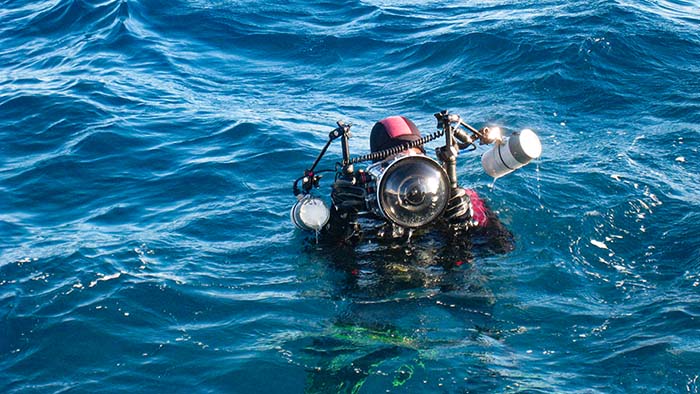
The most common advantages of a diving photography housing over a surf photography housing:
- Connection for flashes
- Full control of all buttons
- Monitoring and warnings of
water leaks - Can go down to depths of
40-100 meters
The objectives of housing manufacturers for surf photography are:
- Lightweight housing – comfortable above water when swimming and filming.
- Can float on water surfaces, so swimming is easier.
- Resilient casing that will withstand wave intensity.
- Multiple control of camera buttons and functions (most surfing housings don’t allow you full control).
- Housing suited to correspondent lenses for surf photography, with manufacture of ports accordingly (a port is the cover that protects the lens from water and connects to the housing. Some ports can control the lens zoom, and the port quality is also determined by the type of glass or acrylic used).
- Option for connection to pistol grip.
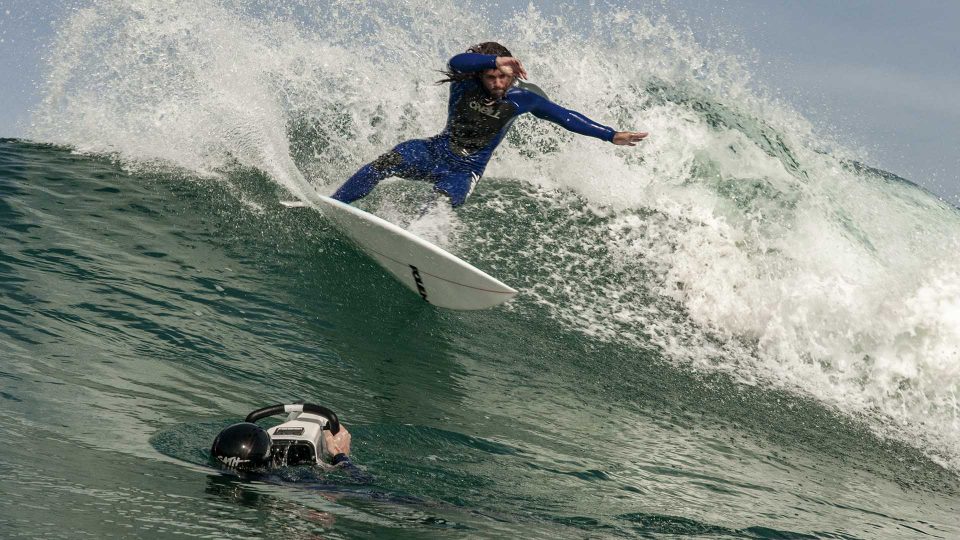
With surf photography, we swim on the water’s surface and during photography we raise the housing above the water, so we will want a fairly lightweight housing. Most surf housings don’t allow you full control of the camera buttons, but there are manufacturers who offer additional buttons, which might prove persuasive when deciding what housing to purchase.
I will state some leading companies in the market today:
Aquatech Water Housing:
Aquatech has been making surf photography housings since 1998 and without a doubt is the leading company in its field today. They improve and direct their products to professional photographers engaging in ocean sports, surfing, wild nature and movie-filming.
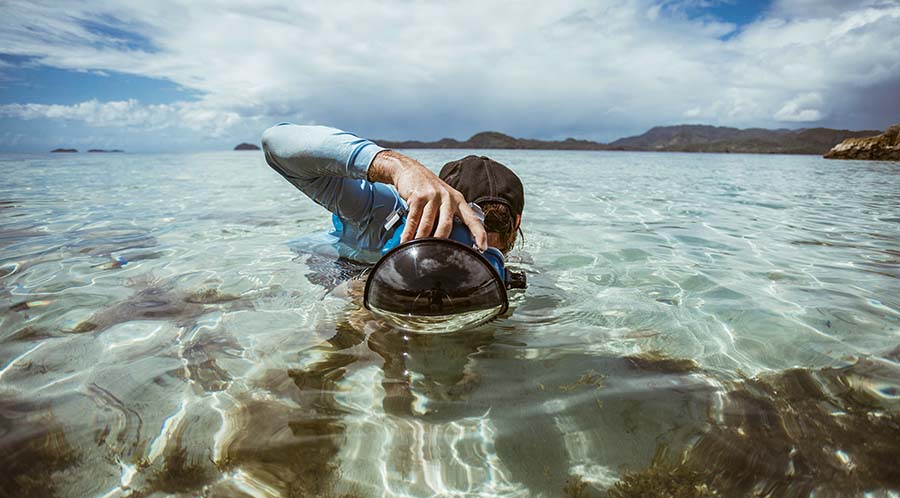
Aquatech water housings are made of polyurethane, with aluminum buttons. Aquatech is considered to be one of the leading companies in water housings for surf photography and ocean sports, with an extensive variety of products and surf housings supporting a great variety of ports (including control of zoom). In addition, In 2017 Aquatech released the AxisGO water housing range, designed for iPhone.

Advantages of Aquatech housings:
- Very reliable
- Strong and resilient to wave intensity
- Many options for use with various lenses.
- Comfortable closing before entering water.
- High-quality port
- Connections for external flash and pistol grip
- Option for universal housing and switching of different models with addition in price.
- Convenient customer service for consultation or repairs, if necessary.
Disadvantages of Aquatech housing:
- Relatively expensive (ranging from $1400 – $3000)
- Fairly large in size
- Not that lightweight
- No full control of buttons (but most of the important ones can be reached)
A link to AQUATECH website: https://aquatech.net/
SEAFROG or MEIKON:
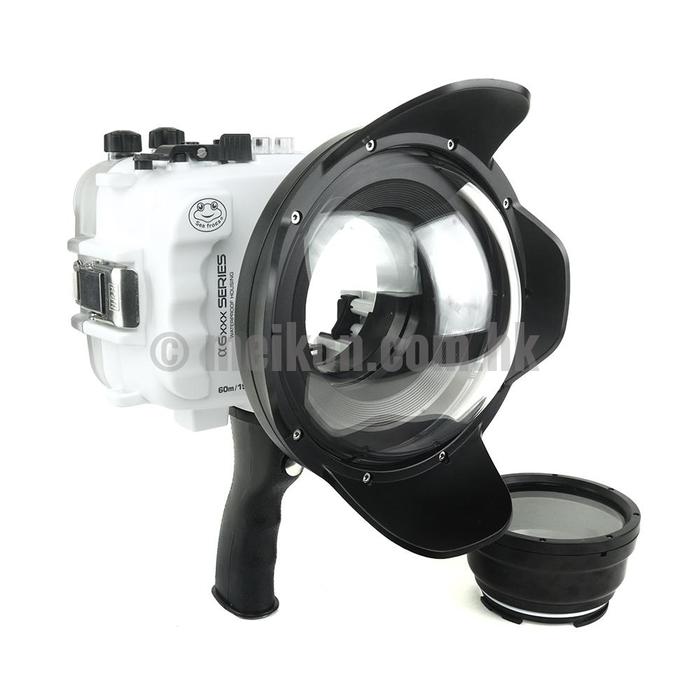
These water housings are for mirrorless and compact cameras.
From among Meikon’s housings you’ll find a wide range of models like Sony Panasonic, Fuji, Canon.
The Sea frogs water housing is particularly suited to surf photography and is definitely an excellent option for those who wants to get into the field and save purchase of an expensive housing for $2000.
Housing advantages:
- Much less expensive than housings from other companies in the market ($300-900).
- Full or almost full control of camera buttons, in accordance with model.
- Also suited for diving to depth of 40-60 meters.
- Option for connection of pistol grip.
- Option for connection to external flashes and all kinds of accessories.
- Relatively lightweight and compact.
- Wide range of ports available for lenses.
Housing disadvantages:
- Ports are of lower quality.
- Cheap production
A link to SEAFROG website: https://seafrogs.com.hk/
SALTY SURF Housings:
These water housings are made in Australia, of aluminum, using CNC cutting, and are relatively strong yet lightweight.
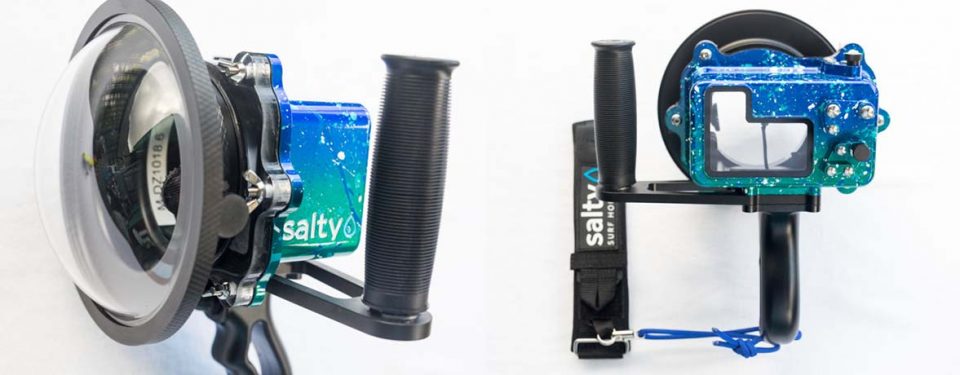
Advantages:
- Relatively lightweight and strong housing
- Option for almost full control of housing
- Suited to a wide range of lenses and cameras
- High quilty product
Disadvantages:
- Relatively expensive
- A little more complicated to assemble.
A link to SALTY SURF HOUSING: https://saltysurfhousings.com/
SPL, United States
SPL is also one of the leading companies for water housing for surf photography housings.
The housings are made of aluminum and support a wide range of ports.
SPL housings come with many buttons and you can add more at an additional charge.
Housing’s sealing method – SPL uses 6 butterfly closers to seal the housing before entering the water.
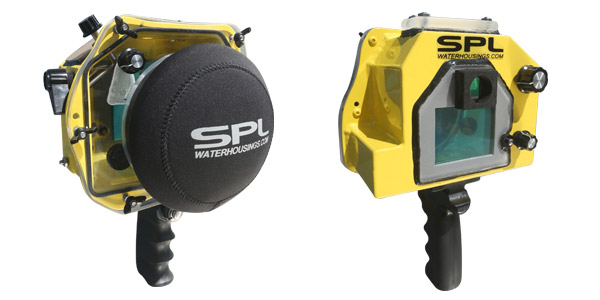
Advantages –
- Strong and reliable housing.
- Easy to use.
- Relatively lightweight.
- They have a wide range of
models for video cameras and the use of different lenses.
Disadvantages –
- Assembly is less user-friendly.
- Relatively expensive.
- My own contact with the company has been less easygoing, but then, I don’t have a lot of experience with them.
A link to SPL WATER HOUSING website: https://splwaterhousings.com/
LIQUIDEYE WATER HOUSING
Liquid Eye is based in Europe and has been operating since 1995, founded by a surf photographer named Philippe Chevodian.
Their housings are made of epoxy and fiberglass in a light but strong construction, and they support a wide range of ports.
Buttons can be added at additional charge.

Advantages –
- Housing is relatively small and lightweight.
- Relatively inexpensive ($1200-2500 including 1-2 lens port)
- Wide range of ports available for different lenses.
- Full control on your camera
- easy to switch from camera model to another model with a convert backplate
A link to LIQUID EYE website: https://www.liquideye.net/
CMT water housing –
CMT is based in the USA.
Their housings are made of carbon fibers and are particularly lightweight.
The housings are not made on a production line, but rather each unit is custom-made.
Their housing accessories include pistol grips and additional ports.
The housings support external flashes and you can order external flash housings as desired.
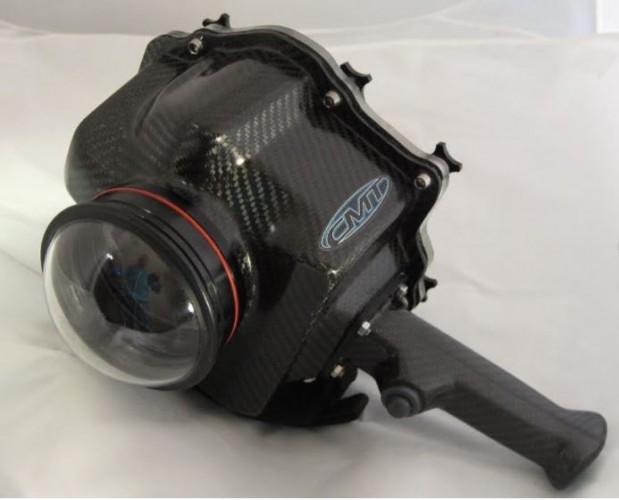
Advantages –
- Particularly lightweight
- Strong and resilient to wave intensity.
- Each housing is custom-made according to customer requirements.
Disadvantages –
- More production time
A link to CMT water housing : http://www.cmtwaterhousings.com/
WATER HOUSING SOLUTIONS Housings –
The company is based in Portugal, operating since 2006.
If you don’t find the model you want in their catalogue, you can order custom-made housings.

ESSEX water housing –
Essex was founded in California in 1983.
since 2019 Essex is the first waterhousing manufacturer to embrace the new technology of 3D Printing housing
Didn’t found any photo of the new 3D housing yet.
A link to ESSEX HOUSING website: https://www.waterhousings.com/
In summary:
From the details I’ve laid out before you, you will understand that you should select the right water housing only after you have determined with the manufacturer which model housing suits your camera.
It should also support a port that suits the lenses you have now or a lens you wish to use in future.
All the other accessories (buttons, flash connection, pistol grip) depend on the manufacturer’s ability to supply them. Some of these are available at extra charge at specific manufacturers.
I hope my experience and research will help you in selecting the right water housing for surf photography or any other activity.
Please feel free to leave comments, and if you have any further questions, I’ll be happy to help.

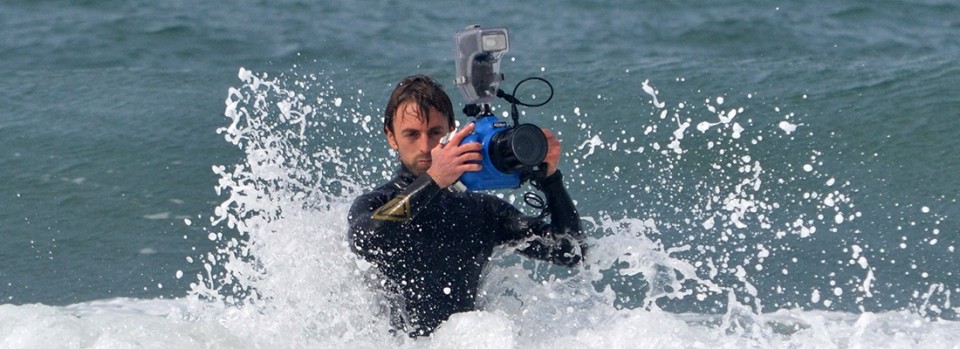
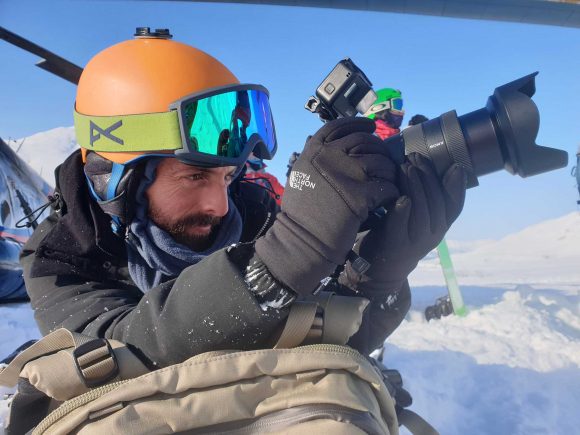
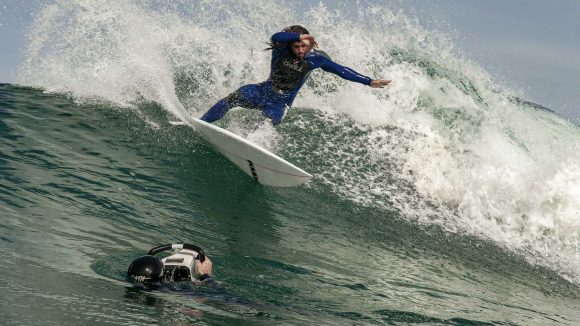
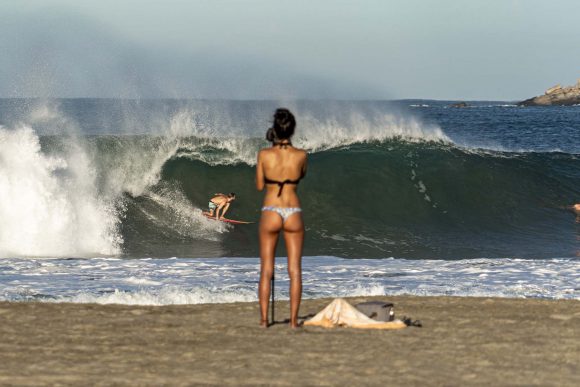
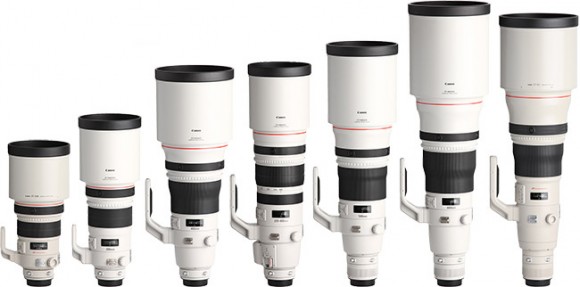

4 thoughts on “Water Housing for surf photography”
Thank you for the recommendation. I love the way you guide your reader. Thank you for sharing.
Hi I wanted to ask how you used the ewa marine housing for surf photography, which leash did you use to not lose the camera?
Cheers all the best
Hi,
Thanks so much for this excellent resource!! I’m looking at the a6100 and the a6400 and planning on using Seafrog, but am wondering about the controls of each. Do you know if there are any differences between the respective Seafrog cases, like limited function control on either one, and which would be better?
Thanks a lot!
Нужны актуальные адреса на Kraken — ведущий российский даркнет-маркетплейс? Загляни на наш форум: https://krak-ssylka-na-sajt.biz/ На форуме ты получишь нужные адреса для входа на Кракен.
Кракен — это известный площадка, где можно найти многие вещи. Если хочешь зайти на Кракен, требуются рабочие ссылки. В моём форуме постоянно публикуются новые зеркала Кракена, чтобы получил возможность зайти на рынок быстро.
Не трать силы на поиск ссылок в непроверенных источниках! Множество нужное прямо собрано на этом форуме. Заходи и получи рабочие адреса на Kraken в 2025 году!